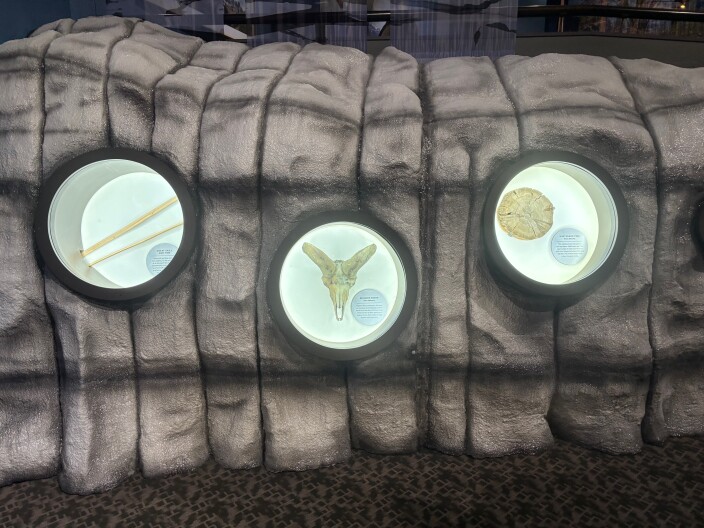
A Draper Natural History Museum exhibit focuses on ice patches. These are layers of ice found in high elevations that unlike glaciers don’t move.
Curatorial Assistant Amy Phillips said as the ice melts what’s left behind can tell us about animal and human presence on the landscape.
“Over time they form layers, and these layers create a mostly oxygen free or anaerobic environment,” explained Philips. “This, combined with the cold, preserves things really well. Just think about how your freezer preserves food for long periods of time.”
Phillips said some animals love spending time on ice patches in the summer months.
“ Large animals like bighorn sheep and bison are attracted to ice patches because they're cold. They don't have pests like mosquitoes and things like that up there.”
While ice patches preserve objects intact for long periods of time, Phillips said as soon as the ice melts things decay quickly. That’s why some objects, including a bow and the skull of a Bighorn sheep, in the exhibit are replicas.